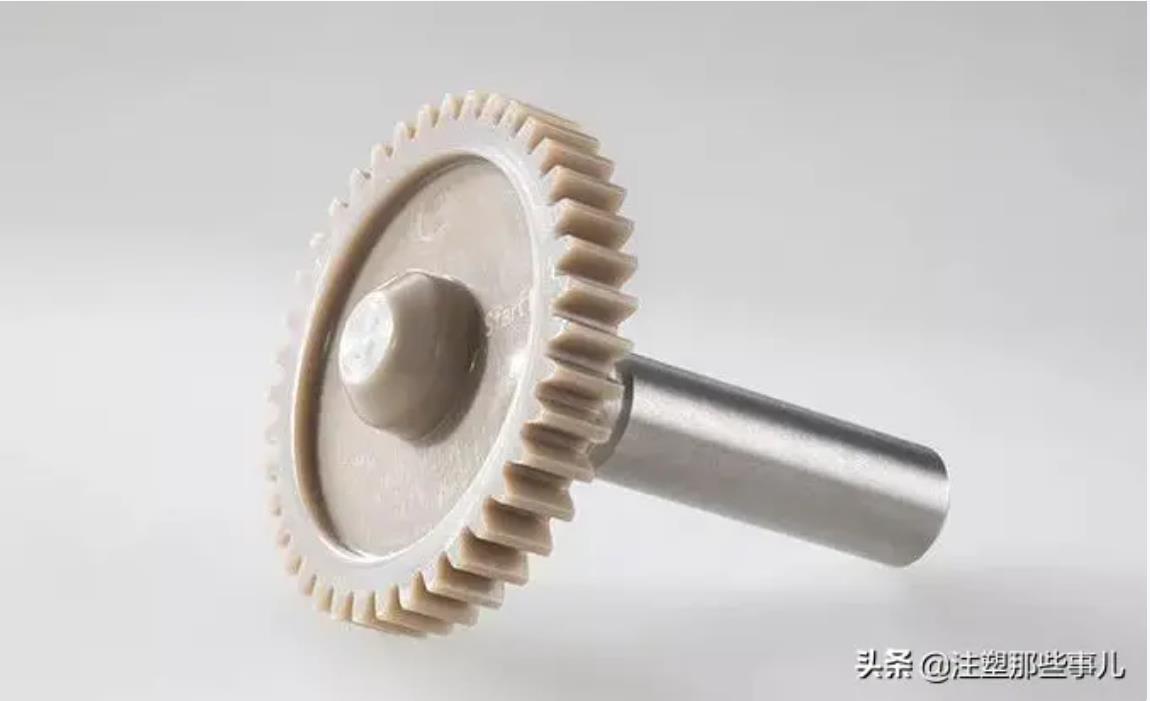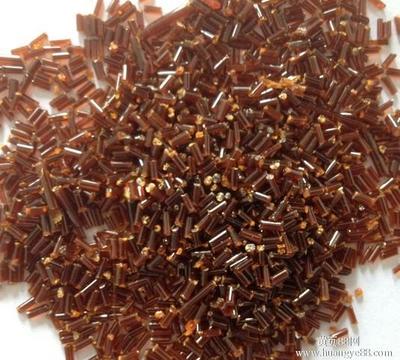Column navigation
Recommended products
Precision Injection Molding
Are tight tolerances, thin-walls, and complex geometries limiting your design flexibility? We utilize a unique combination of an extensive knowledge of ultra and high performance thermoplastic materials, mold flow analysis, a proprietary tool design system and process expertise to eliminate or minimize the need for secondary operations. If it’s possible to mold, we can do it. A bold statement, and one we take very seriously.
We make extensive use of technology to achieve exacting dimensional tolerances and overmold complex inserts.
NET SHAPE MOLDING
We augment the latest software tools including solid modeling (Solidworks, STP, Parisolid, and IGES), mold flow analysis and finite element analysis with an internally developed iterative tool design approach. Our process incorporates 3D CT scan measurements of the internal and external geometries of highly complex parts. This generates a component plot with up to 1.2 million critical dimensional measurements which we, using our proprietary true form sizing technology, integrate with CAD/CAM software allowing us to make exacting tool modifications. This tooling modification process results in best in class part tolerances, particularly useful in molding mission critical parts where dimensional attributes need to be extremely precise. Further, we use this approach to produce net shape molded parts of exceptional quality eliminating, or significantly reducing, secondary machining operations resulting in material and process cost savings.
Seals and valve bodies, in particular, benefit from the tight tolerance and smooth surface finish utilizing our proprietary process capable of attaining 0.0003″ tolerance.
An image produced utilizing a 3D CT SCAN
INSERT MOLDING
Insert molding is a process which places a component into the mold, either manually or by automation, before injecting the polymer into the mold. The injection molded resin flows in and around the features of the insert forming a highly secure bond between the insert and the polymer.
Performance Plastics ability to insert mold is significantly more advanced than other injection molders. We have developed tool designs, fixturing and robotic material placement techniques allowing us to overmold very delicate inserts commonly thought to be too thin or complicated to be accurately placed and consistently restrained in the mold. In addition, we commonly utilize difficult to mold filled (graphite, glass, long and short glass fiber, carbon fiber, etc.) and unfilled high performance thermoplastic polymers. These capabilities give engineers greater design flexibility to maximize component performance and reduce cost in developing next generation products.
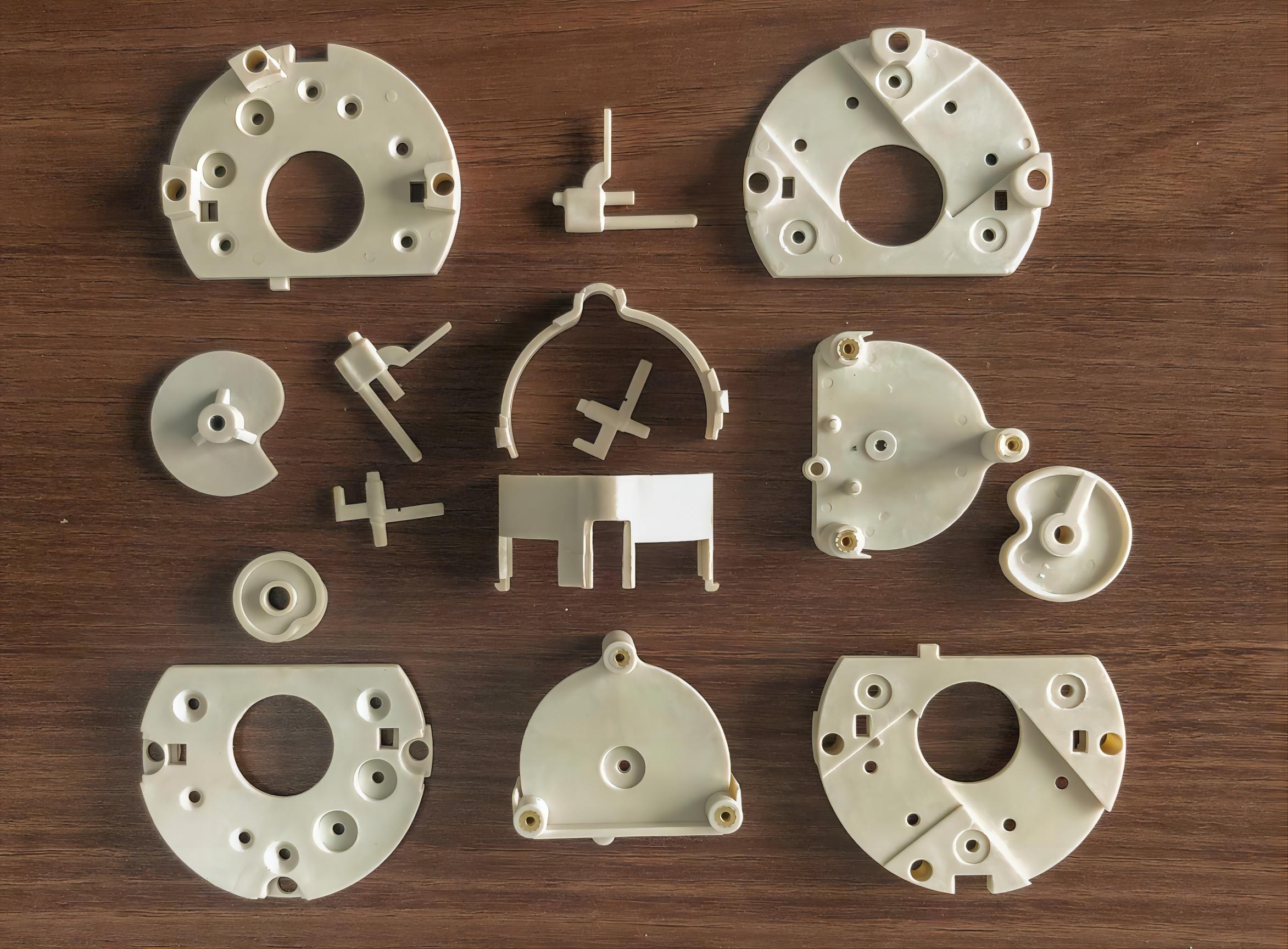
PPA Injection Molded Parts
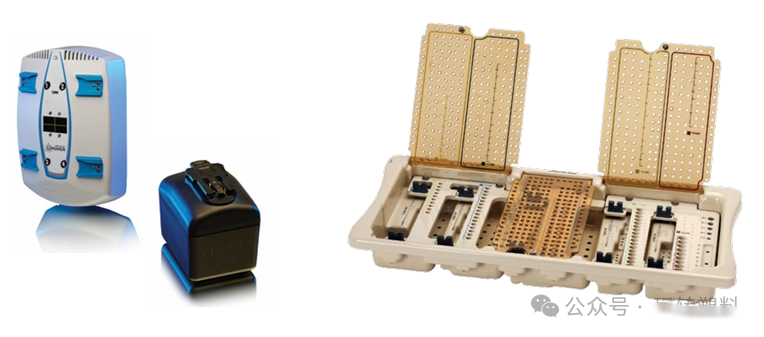
PPSU/PES/PSU Injection Molded Parts
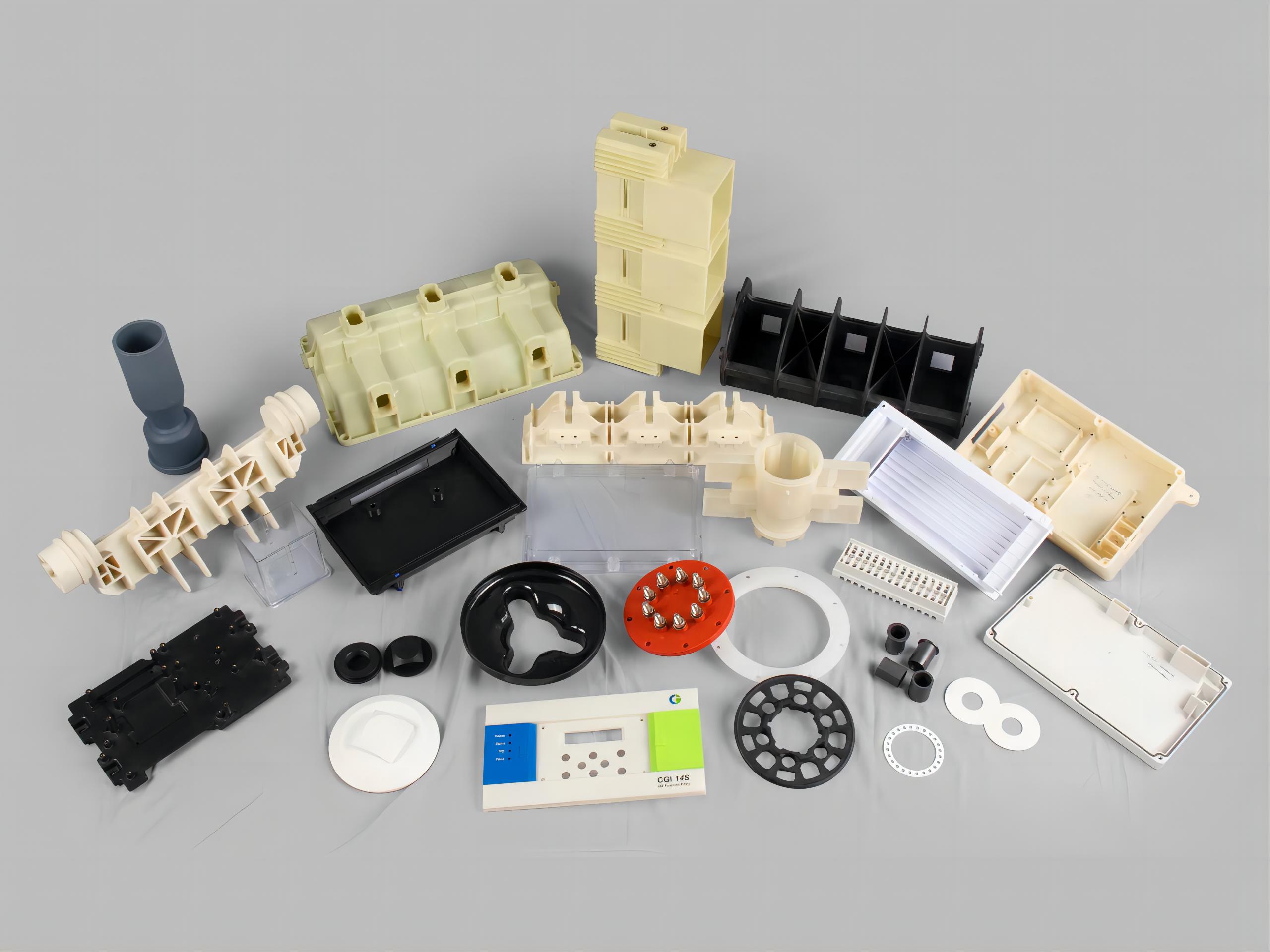
LCP Injection Molded Parts
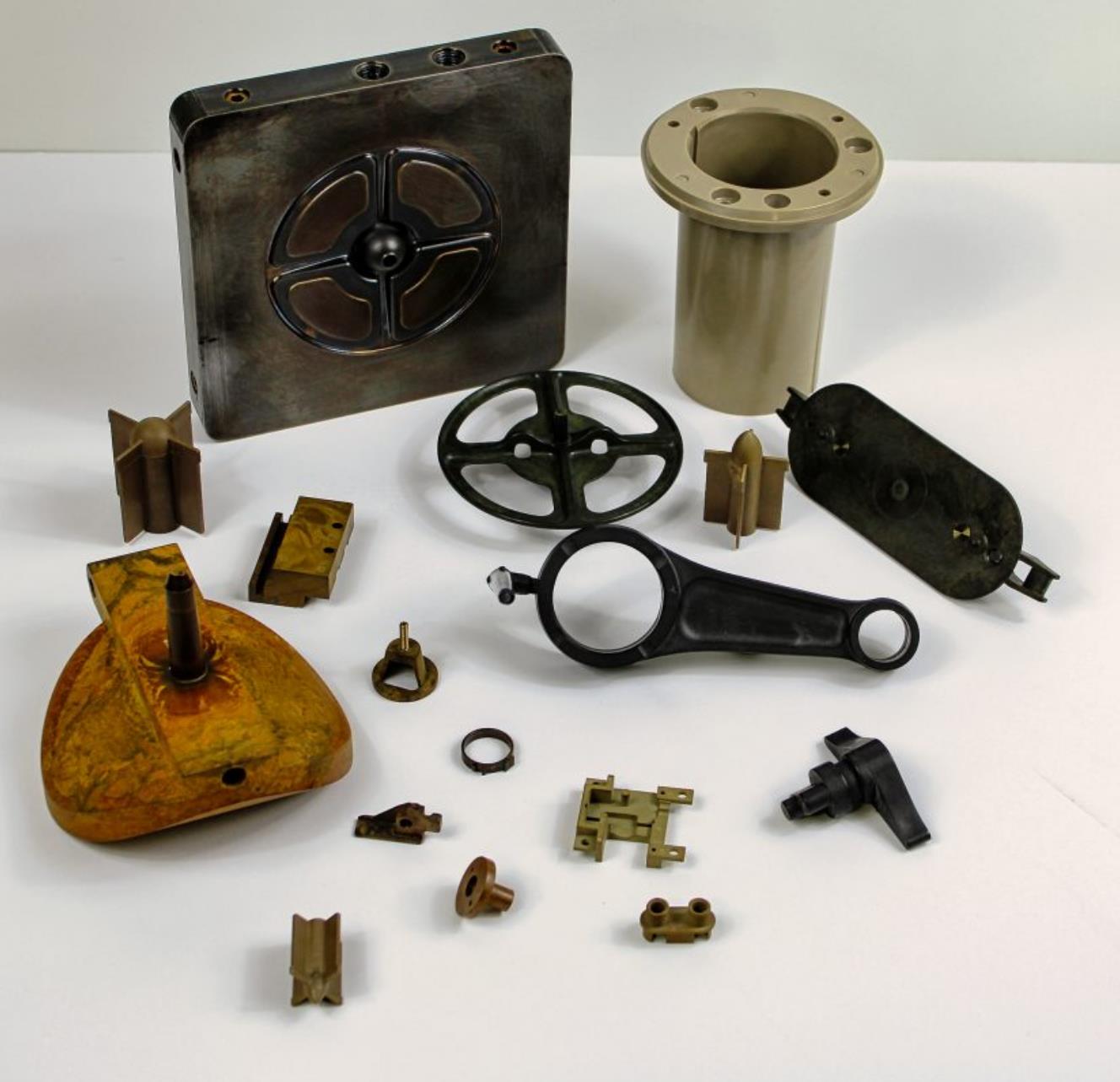
TPI Injection Molded Parts
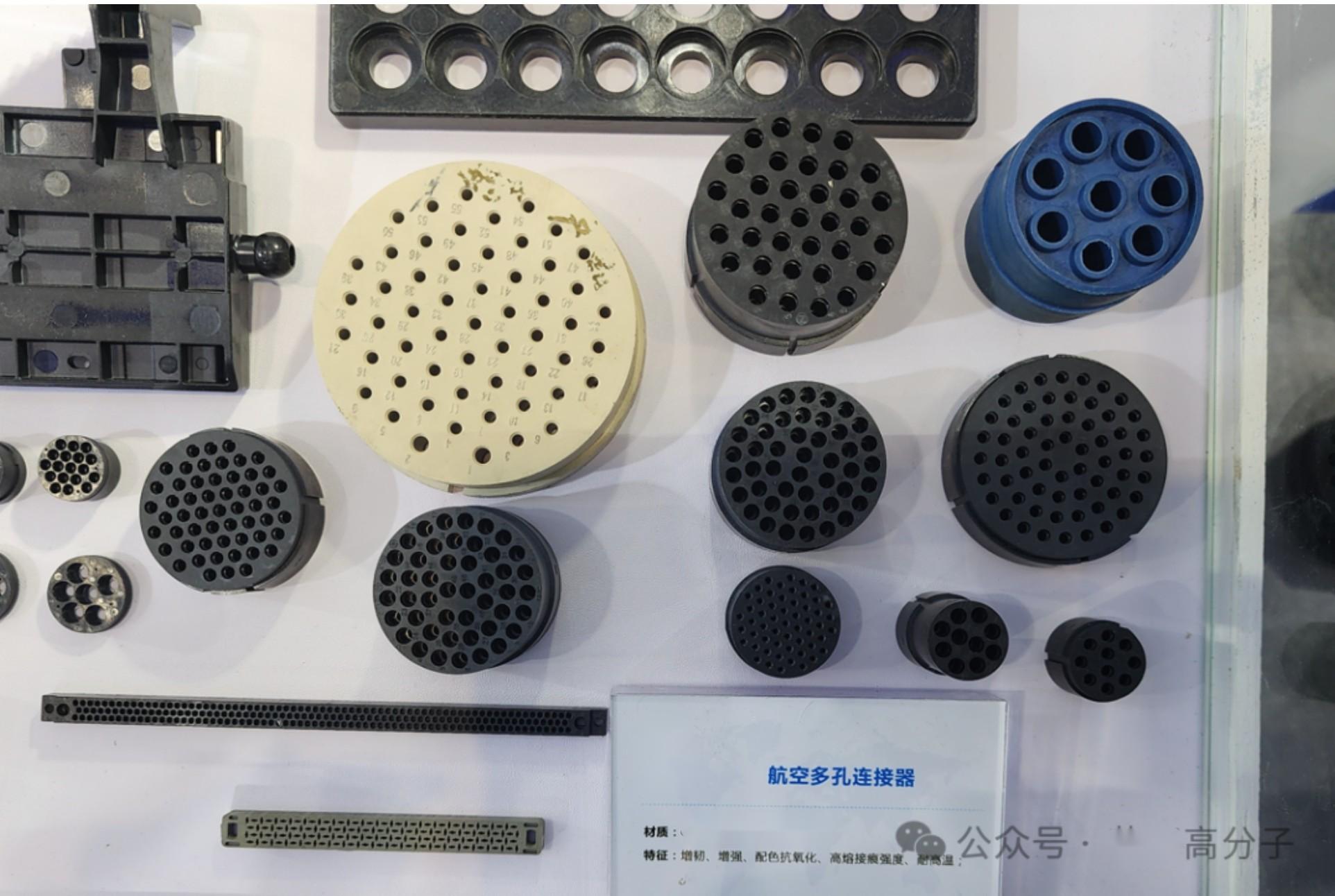
PPS Injection Molded Parts
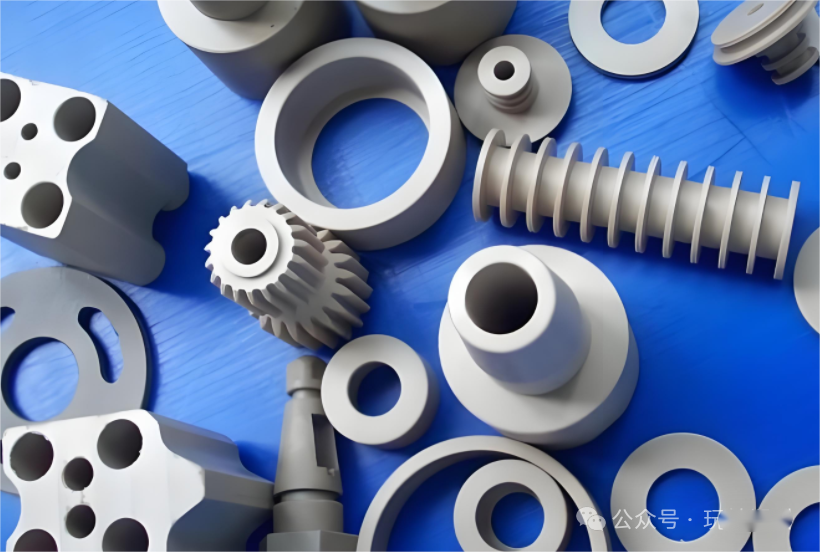
PEEK Injection Molded Parts
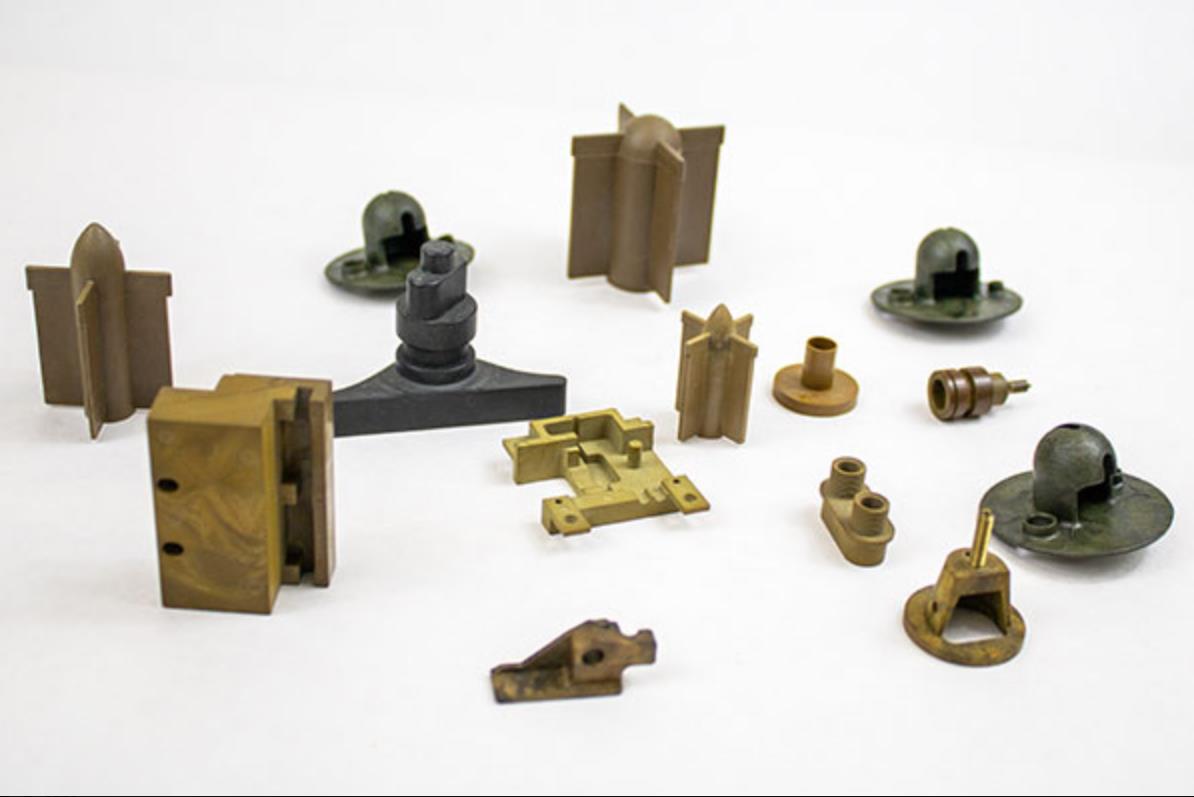
Torlon PAI Injection Molded Parts & Shapes
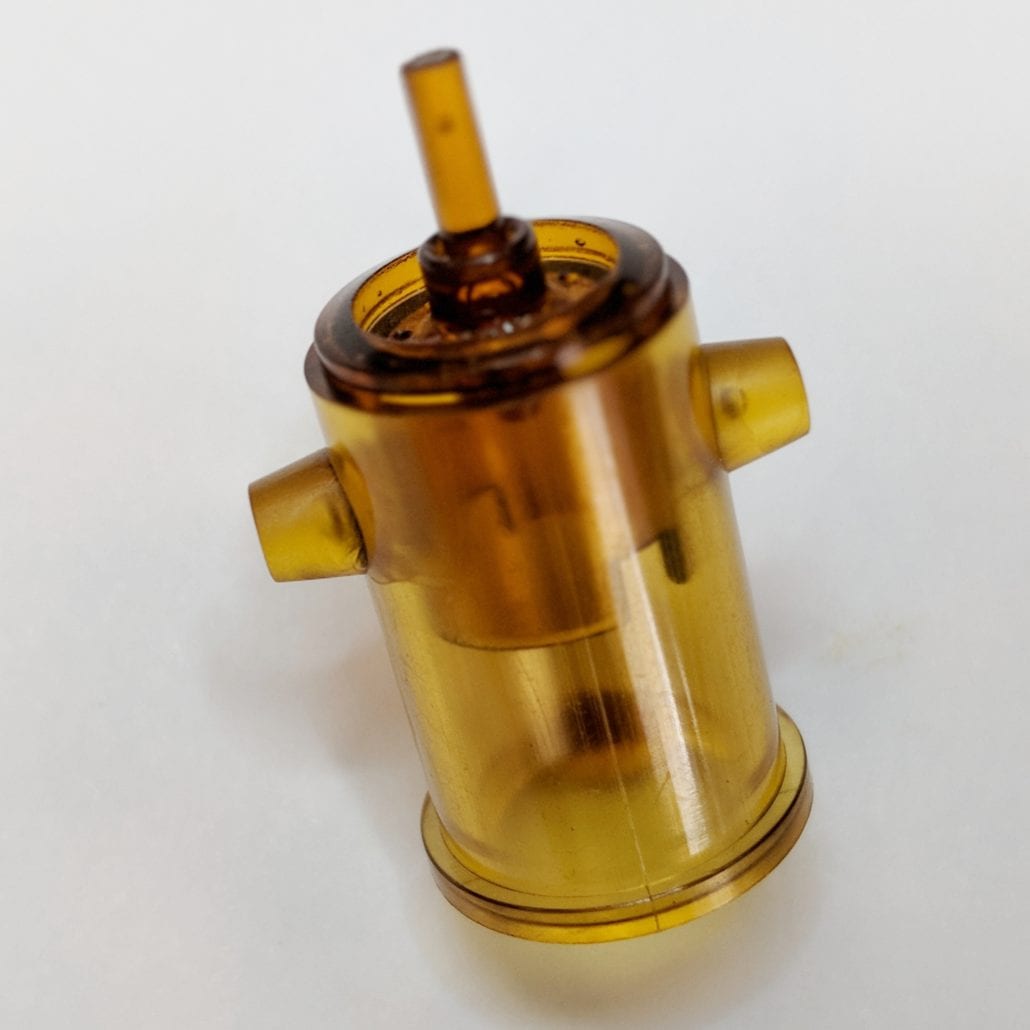
Ultem PEI Injection Molded Parts and Shapes
